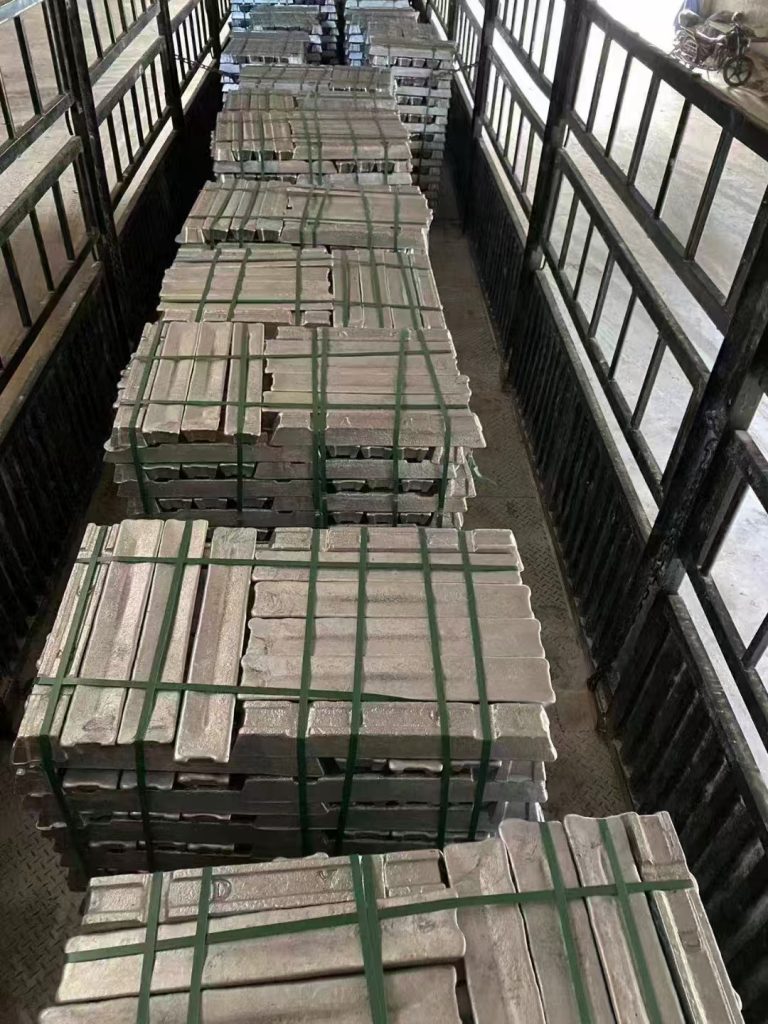Introduction
As the global economy gradually recovers, industries across the board are picking up, with particularly strong growth in sectors like electric vehicles, aerospace, construction, and packaging, all driving the increasing demand for aluminum alloy materials. A7 aluminum ingots, a key foundational material, have also seen a sharp rise in demand across multiple downstream industries. This article will explore the backdrop of global aluminum market recovery, the impact of rising A7 aluminum ingot demand on market prices, and how companies can navigate the tight supply situation.

🌍 Background of the Global Aluminum Market Recovery
Since 2023, the global aluminum market has witnessed a trend of recovering demand. Specifically, industries such as electric vehicles (EVs), batteries, construction, and aerospace have seen a continued rise in demand for aluminum alloys. Here are some key industry highlights:
- Electric Vehicles (EVs): The rapid development of electric vehicles has driven an increasing demand for lightweight aluminum alloys. The lightweight nature of aluminum makes it a vital material for manufacturing efficient batteries and vehicle bodies.
- Aerospace: The aerospace industry continues to push forward with the development of high-strength materials based on aluminum alloys. Demand for lightweight, high-strength aluminum alloys is on the rise.
- Construction: The construction industry makes extensive use of aluminum for structural designs and decoration, further driving up market demand for aluminum.
In response to the growth in these industries, A7 aluminum ingots, which are commonly used in alloy production, have seen a sharp rise in demand. According to the latest data, A7 aluminum ingot demand is expected to steadily increase by 2025, becoming a focal point in the market.
📈 Impact of Increased A7 Ingot Demand on Market Prices
The rising demand for A7 aluminum ingots will have a direct impact on global market prices. As demand from industries like electric vehicles, batteries, construction, and aerospace continues to grow, the supply of A7 ingots will become increasingly tight. Several key factors are at play:
- Capacity Limitations: Global aluminum ingot production capacity is limited, and it’s difficult to significantly increase production in the short term.
- Environmental Policies: Strict enforcement of environmental policies has limited the capacity of some aluminum ingot producers.
- Energy Price Increases: Rising energy prices have driven up the cost of aluminum ingot production.
In this supply-demand imbalance, it is likely that aluminum ingot prices will continue to rise, especially in the electric vehicle and battery sectors, where aluminum’s lightweight properties are key for making efficient batteries and vehicle bodies. The aerospace sector’s increasing demand for high-strength, lightweight aluminum alloys will also contribute to driving prices upward.
🛠️ How to Address the Tight Aluminum Ingot Supply Situation
In the current environment of tight aluminum ingot supply, downstream manufacturers face the challenge of ensuring stable supply. To manage potential price fluctuations and supply bottlenecks, companies should adopt the following strategies:
- Closely Monitor Market Changes
- Stay updated with the latest developments in the global aluminum ingot market, including supply conditions and price trends.
- By obtaining market information and forecasts, businesses can anticipate supply chain issues and respond proactively.
- Plan Procurement Strategies Wisely
- Companies should predict market trends based on downstream demand and plan procurement schedules accordingly.
- Avoid rush-buying when aluminum ingot prices are set to rise further, and ensure stability in procurement prices and supply chains.
- Choose Reliable Suppliers
- In times of tight supply, it’s crucial to build long-term relationships with suppliers who have stable aluminum ingot resources and a strong reputation.
- This will ensure reliable product supply, especially during times of market volatility.
- Optimize Inventory Management
- In the face of fluctuating supply, businesses can mitigate reliance on short-term market volatility through effective inventory management.
- Maintaining an adequate stock will prevent production delays due to supply constraints.
- Diversify Supply Channels
- Companies should consider expanding their supply channels, avoiding reliance on a single supplier, and reducing supply risks.
- By establishing partnerships with multiple high-quality suppliers, businesses can distribute market risks and maintain supply security.
📝 Conclusion: Seize the Aluminum Ingot Supply Advantage
In light of the global aluminum market’s recovery and the tight supply of A7 aluminum ingots, companies must remain flexible in responding to market fluctuations while ensuring the stability of their supply chains. By closely monitoring global market trends, planning procurement strategies wisely, and forming long-term, stable partnerships with trusted suppliers, businesses can gain a competitive edge in this highly competitive market, ensuring uninterrupted production despite raw material supply challenges.

